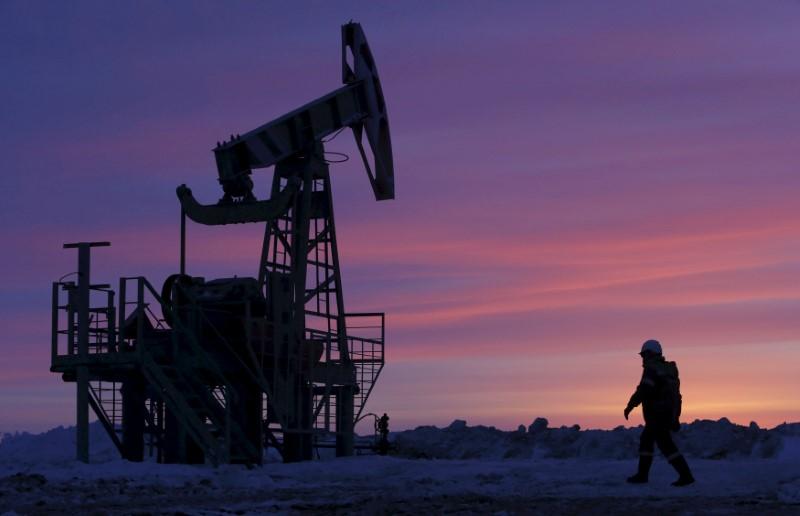
Brent crude was up by $0.34 to $72.55 a barrel by 0928 GMT, having earlier touched $73.40, the highest since April 26.
US West Texas Intermediate crude was up $0.24 at $63 a barrel, after hitting a three-week high of $63.81.
Saudi Energy Minister Khalid al-Falih said on Sunday there was consensus among the Organisation of the Petroleum Exporting Countries (OPEC) and allied oil producers to drive down crude inventories "gently" but he would remain responsive to the needs of a "fragile market".
United Arab Emirates Energy Minister Suhail al-Mazrouei earlier told reporters that producers were capable of filling any market gap and that relaxing supply cuts was not the right decision.
OPEC data indicates oil inventories in the developed world rose by 3.3 million barrels month-on-month in March, and were 22.8 million barrels above their five year average.
A gathering of the so-called Joint Ministerial Monitoring Committee (JMMC) in Saudi Arabia over the weekend did not make any solid recommendations, leaving a decision on policy for a meeting of OPEC and its allies next month in Vienna.
"While not explicitly mentioned in the statement (of the JMMC), uncertainty on how many Iranian and Venezuelan oil barrels will be lost due to US sanctions was probably the main reason the group kicked the can down the road," UBS analyst Giovanni Staunovo said.
OPEC, Russia and other non-member producers, an alliance known as OPEC+, agreed to cut output by 1.2 million barrels per day (bpd) from January 1 for six months to try to prevent inventories from increasing and weakening prices.
Adding to the bullish sentiment are rising tensions in the Middle East.
US President Donald Trump threatened Tehran on Sunday, tweeting that a conflict would be the "official end" of Iran, while Saudi Arabia said it was ready to respond with "all strength" and it was up to Iran to avoid war.
The rhetoric follows last week's attacks on Saudi oil assets and the firing of a rocket on Sunday into Baghdad's heavily fortified "Green Zone" that exploded near the US embassy.
Another bullish signal for crude was a second week of declines in US drilling operations, with energy companies cutting oil rigs to the lowest since March 2018.
1731570357-0/elon-musk-(1)1731570357-0-405x300.webp)
-(1)1717678110-0/Kendrick-(1)-(1)1717678110-0-165x106.webp)















COMMENTS
Comments are moderated and generally will be posted if they are on-topic and not abusive.
For more information, please see our Comments FAQ